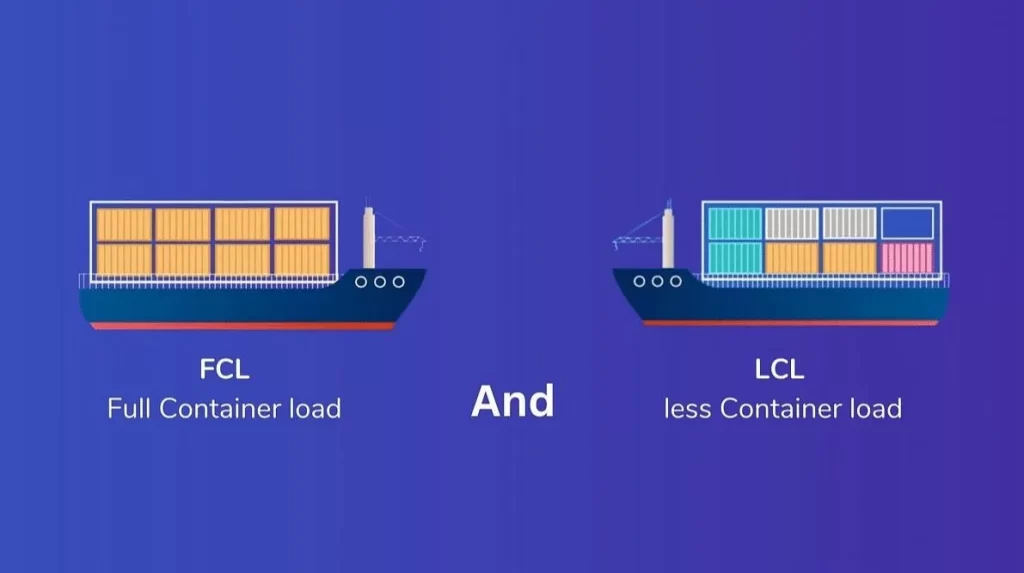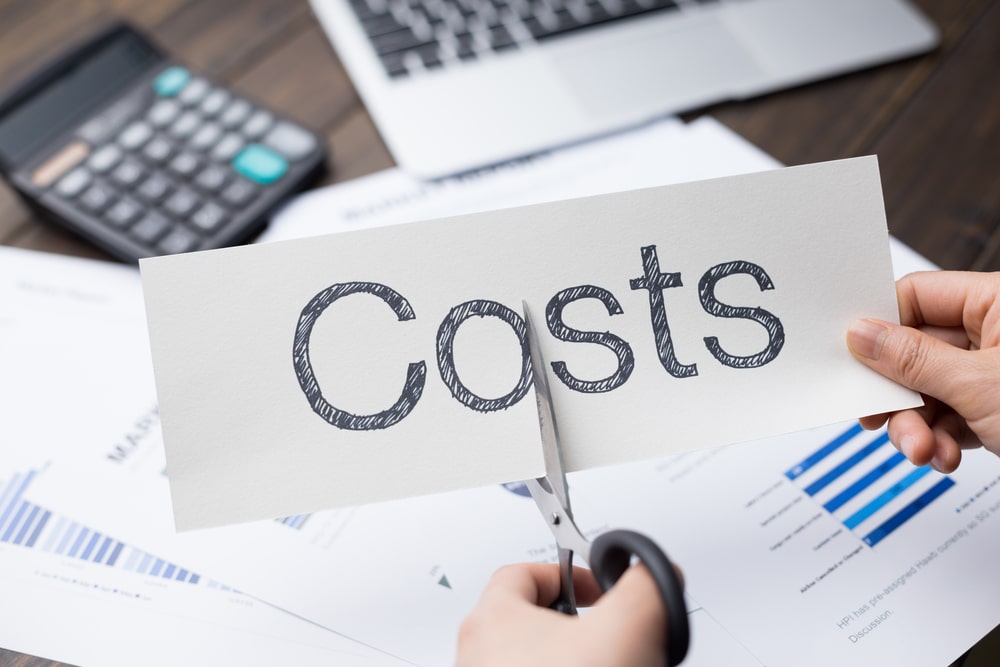- By TOP CHINA FREIGHT
- September 18, 2025
- Shipping
Table of Contents
Freight shipping China to USA is one of the busiest and most important trade routes in the world. Businesses importing from China often face challenges such as high shipping costs, customs clearance delays, and delivery schedules. However, with proper planning and understanding of the process, companies can significantly cut expenses and ensure a smoother supply chain.

What factors influence freight shipping China to USA?
Several elements directly impact freight rates and delivery schedules:
Fuel surcharges
oil price fluctuations directly affect sea and air freight costs.
Shipping method
air freight is fast but costly, while sea freight is slower yet economical.
Cargo volume & weight
larger, heavier, or hazardous goods are more expensive to ship.
Seasonal demand
holidays like Christmas or Chinese New Year increase demand and rates.
Port congestion
delays at major U.S. ports such as Los Angeles or New York can add time.
Customs clearance
document errors or inspections can delay final delivery.
Understanding these factors helps importers forecast costs and avoid last-minute surprises.
How do shipping methods compare between sea and air?
| Method | Average Cost | Transit Time | Best For | Pros/Cons |
|---|---|---|---|---|
| Sea Freight | $2,500–$4,000 per 40ft FCL | 25–40 days | Bulk goods, heavy machinery | Low cost, but slower |
| Air Freight | $5–$10 per kg | 5–10 days | Urgent, lightweight cargo | Fast, but expensive |
Sea freight remains the primary choice for most importers due to lower costs, while air freight is used for urgent or high-value goods.
Why is sea freight the most popular option?

Sea freight accounts for over 90% of shipments from China to the USA. The advantages include:
- Cost efficiency for bulk shipments.
- Large container capacity suitable for diverse goods.
- Frequent schedules from major Chinese ports.
- Flexible container options such as FCL (full container load) and LCL (less than container load).
Although transit times are longer, the significant savings make sea freight the most reliable choice for businesses managing regular imports.
What are FCL and LCL in sea freight?

| Option | Description | Best For | Advantages | Disadvantages |
|---|---|---|---|---|
| FCL (Full Container Load) | Exclusive use of 20ft/40ft container | Large shipments | Security, faster loading/unloading | Higher upfront cost |
| LCL (Less than Container Load) | Share space with other shippers | Small shipments | Cost-sharing, flexible | Delays due to consolidation |
If your cargo volume is close to a full container, FCL is usually cheaper and safer.
How does port choice affect shipping time and cost?

Choosing between U.S. West Coast and East Coast ports has a big impact:
| China Origin | U.S. Port | Transit Time (Sea) | Notes |
|---|---|---|---|
| Shanghai | Los Angeles | 15–20 days | Fastest route, ideal for West Coast delivery |
| Ningbo | Houston | 25–30 days | Suitable for Central U.S. cargo |
| Shenzhen | New York | 30–35 days | Longer route, but reduces inland trucking |
West Coast ports are faster but often congested, while East Coast ports reduce inland costs for final delivery.
What documents are needed for customs clearance?

Accurate paperwork is essential to avoid delays.
| Document | Purpose |
|---|---|
| Bill of Lading (B/L) | Proof of carriage contract |
| Commercial Invoice | Provides product details and value |
| Packing List | Lists weight, dimensions, and packaging |
| Certificate of Origin | Confirms manufacturing country |
| Importer Security Filing (ISF) | Mandatory U.S. filing before shipment arrival |
How can businesses reduce freight costs?
- Ship during off-peak seasons to avoid surcharges.
- Consolidate shipments into fewer containers for efficiency.
- Negotiate long-term contracts with freight forwarders for stable rates.
- Choose the right Incoterms such as FOB for more control over costs.
- Use mixed methods: combine sea freight for bulk and air freight for urgent goods.
These strategies help businesses stay competitive while managing logistics budgets effectively.
Case study: Furniture importer using FCL shipments

A U.S. furniture company imports products from Ningbo. Initially, they used LCL to save money but faced delays in consolidation. After switching to FCL 40ft containers, they achieved:
- 15% cost savings compared to multiple LCL shipments.
- Reduced damage risk due to exclusive container use.
- Improved delivery times by avoiding consolidation delays.
Lesson:
Choosing the right container type can directly improve efficiency and reduce costs.
Should importers work with a freight forwarder?
Yes. Freight forwarders handle complex processes such as booking, customs clearance, and delivery. Benefits include:
- Negotiated rates through bulk contracts.
- Expertise in compliance and customs filing.
- End-to-end visibility with tracking services.
- Risk management with cargo insurance options.
For small and medium businesses, forwarders are especially valuable in managing logistics complexity.
What Incoterms affect freight shipping China to USA?
| Incoterm | Buyer Pays For | Seller Pays For |
|---|---|---|
| FOB (Free on Board) | Freight after goods onboard | Delivery to port of loading |
| CIF (Cost, Insurance, Freight) | Duties, inland delivery | Ocean freight + insurance |
| EXW (Ex Works) | All costs from factory | Goods available at origin |
Importers should choose Incoterms that provide the right balance of control, risk, and cost.
Conclusion
Freight shipping China to USA requires balancing cost, speed, and reliability. Sea freight remains the most economical solution for bulk cargo, while air freight provides fast delivery for urgent goods. Choosing the right port, preparing accurate customs documents, and working with reliable freight forwarders all contribute to smoother operations. With strategic planning, businesses can reduce costs and strengthen their supply chains.
Need a Shipping Quote?
If you want expert guidance and peace of mind, our team is ready to assist.
TJ China Freight offers tailored solutions to help businesses of all sizes ship more reliably from China.

FAQ
Q1:How long does it take to ship from China to USA by sea?
Transit times range from 15 to 35 days depending on the origin and destination port. East Coast routes are longer but may reduce inland costs.
Q2:Can small businesses ship directly from China to USA?
Yes. Small importers often use LCL shipments or air freight for smaller orders. Many freight forwarders offer flexible services for SMEs.
Q3:What are the busiest ports for China-USA trade?
Los Angeles, Long Beach, New York, and Houston are major entry points. Importers usually select ports based on final inland delivery needs.
Q4:Do I need insurance for my shipments?
While not mandatory, insurance is strongly recommended to protect against loss, damage, or theft during transit.
Q5:How can I avoid customs clearance delays?
Submit accurate documents (invoice, packing list, ISF) and work with an experienced customs broker. Advance filing helps avoid penalties.
